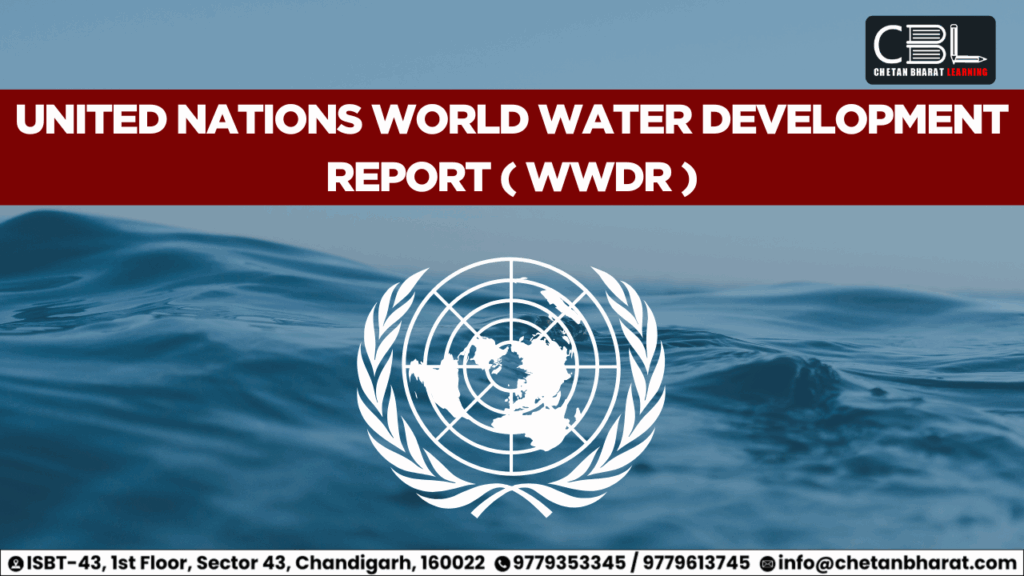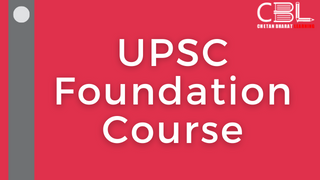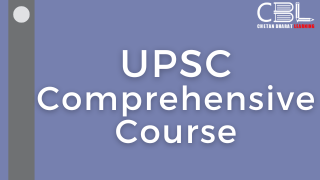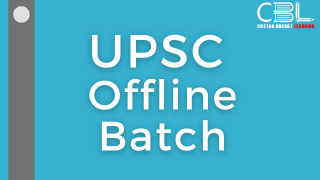
Important for UPSC, State PCS
Prelims: The WWDR 2024, published by UNESCO, is a significant international report . international environmental governance .
Mains: General Studies : Impact of global warming on mountain ecosystems and its consequences.
Context:
The ‘United Nations World Water Development Report 2025 – Mountains and glaciers: Water towers’ was released to mark the first-ever World Day for Glaciers on March 21.
🌍 United Nations World Water Development Report (WWDR) 2024
Climate Crisis in the Cryosphere: Melting Mountains, Rising Risks
The UNESCO World Water Development Report (WWDR) is an authoritative annual assessment of global freshwater resources. Published by UNESCO under the World Water Assessment Programme, the 2024 edition brings a stark warning about the accelerating impact of climate change on the planet’s cryosphere—our frozen water reserves in the form of glaciers, permafrost, and snow cover.
❄️ Major Highlights of the 2024 Report
1. 🚨 Rapid Glacial Melting
- Over 9,000 billion tonnes of glacier mass lost since 1975 (excluding Greenland and Antarctica).
- In 2024 alone, glaciers lost 450 gigatons of ice—one of the fastest annual losses on record.
🔍 Why is glacier melting accelerating?
- Rising global temperatures
- Increased frequency of wildfires – which deposit black carbon
- Dust storms and air pollution → reduce surface albedo → glaciers absorb more heat
2. 🌡️ Thawing of Permafrost
- Permafrost refers to ground that remains frozen for at least two consecutive years.
- It is thawing rapidly across high-altitude and polar regions due to rising surface temperatures.
🌱 Impacts of Permafrost Thawing
- Massive carbon release: Permafrost stores ~4.5% of global soil organic carbon.
- Accelerates global warming through release of methane and CO₂.
- Destabilizes mountain slopes, increasing risk of landslides, erosion, and infrastructure damage.
3. 🌨️ Decline in Global Snow Cover
- Between 1979 and 2022, there has been a 7.79% reduction in snow cover.
- Loss is most severe during spring and summer, crucial times for water storage and agriculture.
4. 🌧️ Erratic Snowfall & Rain-Snow Shift
- Warmer atmospheres are pushing the rain-snow transition zone higher up in the mountains.
- Snowfall is turning to rain, leading to:
- Shorter snow duration
- Earlier snowmelt
- Reduced water availability later in the year

🔍 Broader Implications of Changing Cryospheric Patterns
🌊 Sea-Level Rise
- Melted glacier ice accounts for 25–30% of global sea-level rise.
- Between 2006–2016:
- 335 billion tonnes of glacier loss per year
- Sea levels rose by ~1 mm annually
⚠️ Increased Risk of GLOFs (Glacial Lake Outburst Floods)
- Melting glaciers form unstable glacial lakes prone to bursting.
- Poses significant threats to mountain communities, biodiversity, and infrastructure.
🚱 Water Insecurity & Agricultural Stress
- Earlier snowmelt releases water before it’s needed, creating:
- Spring floods
- Late-season water shortages
- Affects irrigation cycles, hydropower production, and ecosystem health
🧭 Conclusion: A Climate Alarm from the World’s Peaks
The WWDR 2024 underscores that cryospheric changes are no longer distant threats—they are unfolding now, with immediate consequences for billions of people and global water security. From glacier-fed rivers in Asia to permafrost regions in the Arctic, the cascading effects of melting ice demand urgent climate mitigation, adaptation strategies, and international cooperation.
CBL Practice Questions for Prelims
Consider the following statements about the UN World Water Development Report (WWDR):
- It is published by the United Nations Environment Programme (UNEP).
- It provides annual assessment of freshwater resources globally.
- It is produced under the UNESCO’s World Water Assessment Programme.
Which of the statements is/are correct?
A) 1 and 2 only
B) 2 and 3 only
C) 1 and 3 only
D) 1, 2 and 3
Answer;-B) 2 and 3 only
CBL Mains Practice Question
“Glacial melting and permafrost thawing are not just regional phenomena but global alarms of accelerating climate change.” Discuss the geographical and environmental implications of cryospheric changes with reference to recent global reports.




Leave a Reply
You must be logged in to post a comment.